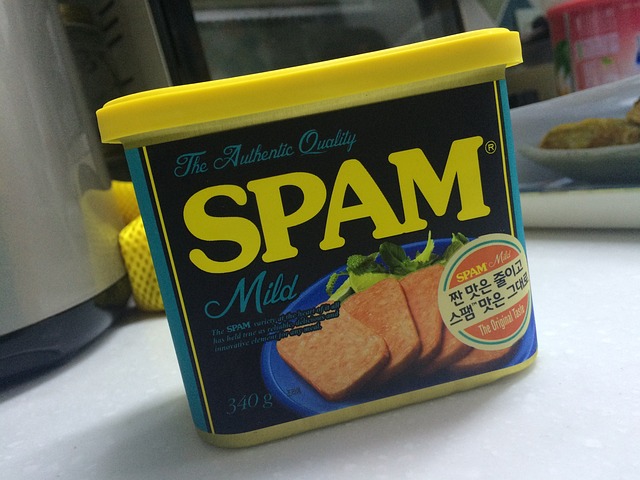
In the realm of canned meats, few products have achieved the legendary status of SPAM. Revered by some, mocked by others, this humble canned delicacy has stood the test of time, captivating taste buds and inspiring culinary creativity around the world. While its name may elicit mixed reactions, SPAM has cemented its place in both food history and pop culture. In this article, we embark on a journey to uncover the mystique behind the beloved, often misunderstood food known as SPAM.
SPAM, produced by Hormel Foods Corporation, made its debut in 1937, forever changing the canned meat landscape. Derived from the words “spiced” and “ham,” SPAM emerged as a convenient and affordable protein source during the Great Depression. Its popularity soared during World War II when it became a staple ration for soldiers due to its long shelf life and versatile nature.
While the classic SPAM variety consists of a blend of pork shoulder meat, ham, salt, water, sugar, and sodium nitrite, the Hormel company has expanded its product line to include an array of tantalizing flavors. Today, you can find SPAM infused with flavors like black pepper, teriyaki, jalapeño, and even bacon. These variations have allowed SPAM to transcend its original identity and adapt to different culinary preferences worldwide.

Photo Credit: tesatool0
Despite its American origins, SPAM has gained remarkable popularity beyond its homeland. In the Philippines, SPAM has become an essential ingredient in dishes such as SPAM fried rice and SPAM adobo, capturing the hearts of locals. In Hawaii, SPAM musubi, a sushi-like snack featuring SPAM atop a block of rice, has become an iconic part of the state’s food culture. The versatility of SPAM has made it a beloved ingredient in countless creative recipes across the globe, proving that its appeal knows no bounds.

Photo Credit: ghfjvb7890
One cannot discuss SPAM without acknowledging its incredible versatility in the kitchen. From breakfast scrambles to sandwiches, salads to stir-fries, SPAM can be incorporated into an extensive range of dishes. Its unique flavor profile and firm texture lend themselves well to various cooking techniques, allowing chefs and home cooks to explore their culinary prowess. SPAM enthusiasts continue to experiment with new and exciting recipes, showcasing the culinary potential of this canned delight.
SPAM’s iconic status extends far beyond the kitchen. The food has found its way into popular culture, inspiring references in music, movies, and even internet memes. From Monty Python’s famous “SPAM” sketch to the catchy SPAM-themed song by the Hormel Girls, SPAM has left an indelible mark on entertainment. Its association with kitschy nostalgia and enduring popularity has elevated SPAM to cult status, ensuring its place in the hearts of many.
In a world of culinary wonders and diverse tastes, SPAM remains a steadfast favorite, defying expectations and persisting through generations. Its humble origins, global appeal, culinary versatility, and pop culture influence have elevated SPAM to an iconic status few canned foods can claim. So, the next time you encounter a can of SPAM, set aside any preconceived notions and give it a chance. Who knows? You might just discover your own secret SPAM recipe or find yourself captivated by the enchanting world of this iconic canned meat.





